The best evergreen plants for your garden
Aug 11, 2023
Why plant evergreens?
Evergreen plants are characterized by retaining their leaves or needles throughout the entire year, providing color and foliage even during winter months. Unlike deciduous plants, which shed their leaves in the fall, evergreens maintain their greenery and contribute to the landscape's beauty all year round.
Evergreens include various conifers, such as pine, spruce, fir, cedar, and cypress trees. These trees are popular choices for landscaping and are often planted for their year-round color and aesthetic appeal. Additionally, some broad-leaved plants, like certain species of holly and eucalyptus, are also considered evergreens because they retain their leaves throughout the year.
What are the best evergreen plants to buy?
The Christmas fern (Polystichum acrostichoides) is native to eastern North America. It is famous for landscaping and gardening due to its attractive appearance and evergreen nature. The name "Christmas fern" comes from its fronds remaining green throughout the winter, making it a prominent feature in the winter landscape.
Characterized by its glossy, dark green fronds, the Christmas fern typically grows about 1 to 2 feet tall. Each frond is divided into smaller leaflets arranged in a way that resembles the shape of a Christmas stocking, which adds to its festive association.
Christmas ferns thrive in shaded woodland areas and are often used in shade gardens, rock gardens, and borders. They prefer well-drained, humus-rich soil and can tolerate various moisture levels. Their hardiness and ability to retain their color all year round make them a popular choice for adding visual interest and greenery to gardens and landscapes, particularly during winter when many other plants are dormant.
What evergreen ground covers can I buy?
Evergreen wild ginger, also known as Asarum canadense, is a perennial, native to eastern North America. It belongs to the Aristolochiaceae family and is unrelated to the culinary ginger (Zingiber officinale) used in cooking.
Here are some key characteristics and facts about evergreen wild ginger:
- Appearance: Evergreen wild ginger is a low-growing plant typically reaching 6 to 12 inches (15 to 30 cm). It has heart-shaped, glossy green leaves that resemble ginger leaves, which is how it got its common name.
- Evergreen: As the name suggests, this plant is evergreen, meaning it retains its leaves throughout the year, providing greenery even in winter.
- Geographic Range: Evergreen wild ginger is primarily found in the eastern regions of North America, including parts of the United States and Canada. It thrives in shaded woodland areas with rich, moist soil.
- Habitat: It prefers to grow in shaded and damp environments, such as hardwood forests, along stream banks, and under trees, where it benefits from the protection of the canopy and the moisture from the soil.
- Flowers: Evergreen wild ginger produces unique, bell-shaped, reddish-brown or maroon flowers. These flowers typically emerge close to the ground and are often hidden beneath the foliage, making them inconspicuous. They emit a mild, earthy fragrance, which can attract specific pollinators.
- Reproduction: The plant reproduces through rhizomes, underground stems that give rise to new shoots and plants. It can form clumps over time, providing good ground cover in suitable conditions.
- Traditional Use: Indigenous people in North America historically used evergreen wild ginger for medicinal purposes, including remedies for digestive issues and skin conditions. However, it's essential to note that using wild plants for medicinal purposes requires expert knowledge, as some species can be toxic or interact with other medications.
- Landscape Use: Evergreen wild ginger can be used in landscaping as a ground cover in shaded areas or woodland gardens. Its attractive leaves and low-maintenance qualities make it a popular choice for such purposes.
If you come across evergreen wild ginger in the wild or decide to grow it in your garden, enjoy its unique beauty and the touch of green it adds to the shaded corners of the landscape. However, always admire wild plants responsibly and avoid harvesting or damaging them in their natural habitat.
Partridge berry (Mitchella repens) is a small, creeping evergreen plant that is common to the Rubiaceae family. It is also known by other names, such as squaw vine, twinberry, and two-eyed berry. Here are some key characteristics and facts about the partridge berry:
- Appearance: Partridge berry has round, shiny leaves about 1 to 2 centimeters long. The plant creeps along the forest floor, forming dense mats. It produces small, white, tubular flowers, sometimes tinged with pink or red. These flowers give rise to pairs of bright red berries, which are edible and can persist through the winter.
- Habitat: Partridge berry is native to North America and can be found in various forested habitats, particularly in deciduous and mixed forests.
- Traditional Uses: Native American tribes have used partridge berries for medicinal purposes. They were believed to have properties that aid in childbirth and treat various ailments, which is why the plant is also known as "squaw vine."
- Wildlife Attraction: The berries of partridge berries are an essential food source for wildlife, including birds and small mammals.
- Symbolism: In some cultures, partridge berry has been associated with fertility, unity, and harmony because of how its twin berries are joined together.
- Landscaping: Besides its natural habitat, partridge berry is sometimes used in landscaping as a groundcover due to its attractive foliage and bright berries.

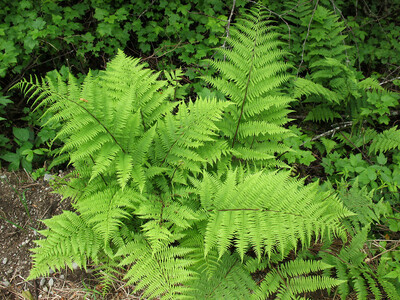 Native Ferns
Native Ferns
 Native Mosses
Native Mosses
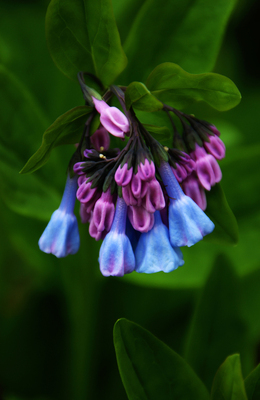 Native Perennials
Native Perennials
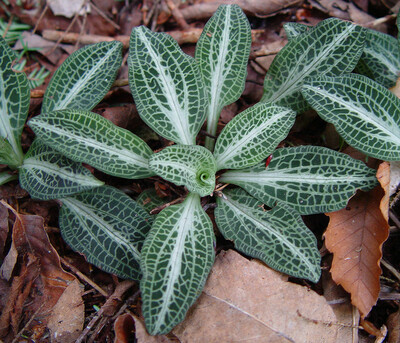 Native Ground Covers
Native Ground Covers
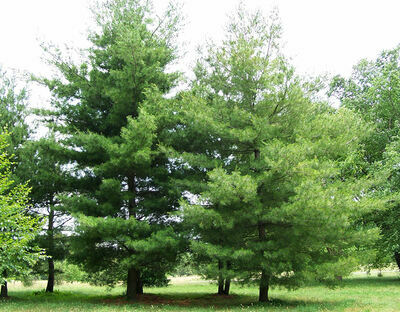 Native Trees
Native Trees
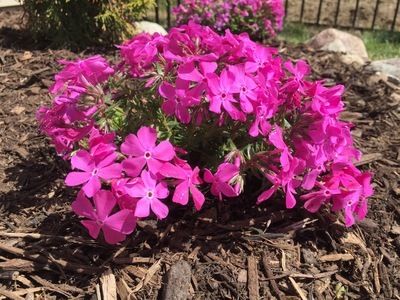 Shop By Zone
Shop By Zone
 Flowering Groundcovers
Flowering Groundcovers
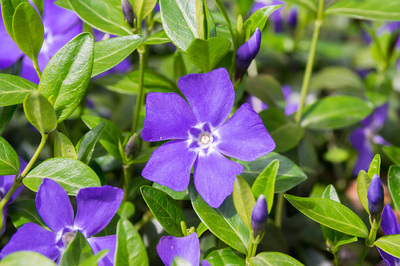 Evergreen Groundcovers
Evergreen Groundcovers
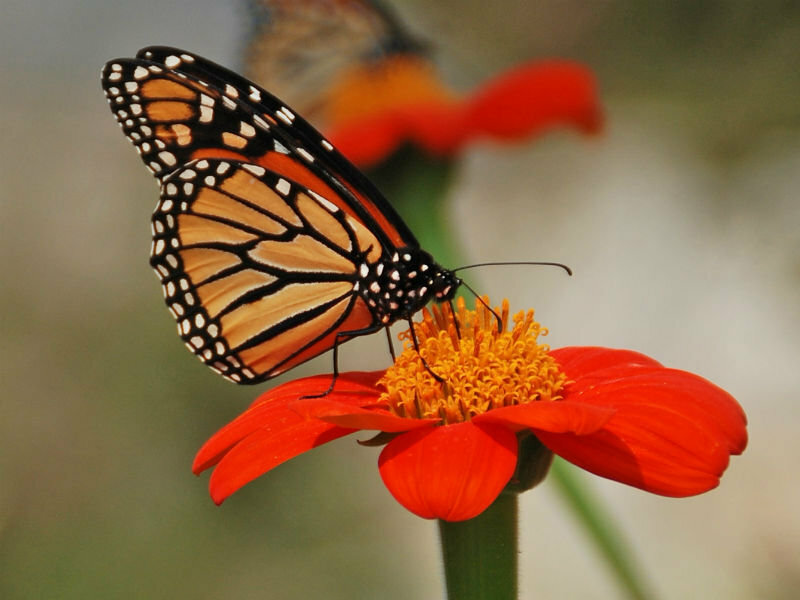 Pollinators
Pollinators
 Shop Bloom Color
Shop Bloom Color
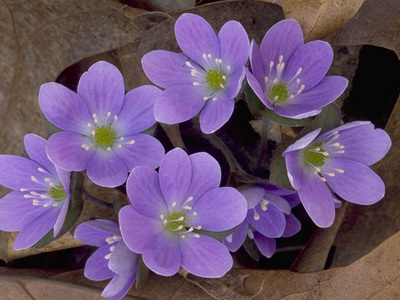 Perennials By Zone
Perennials By Zone
 Medicinal Herb Plants
Medicinal Herb Plants
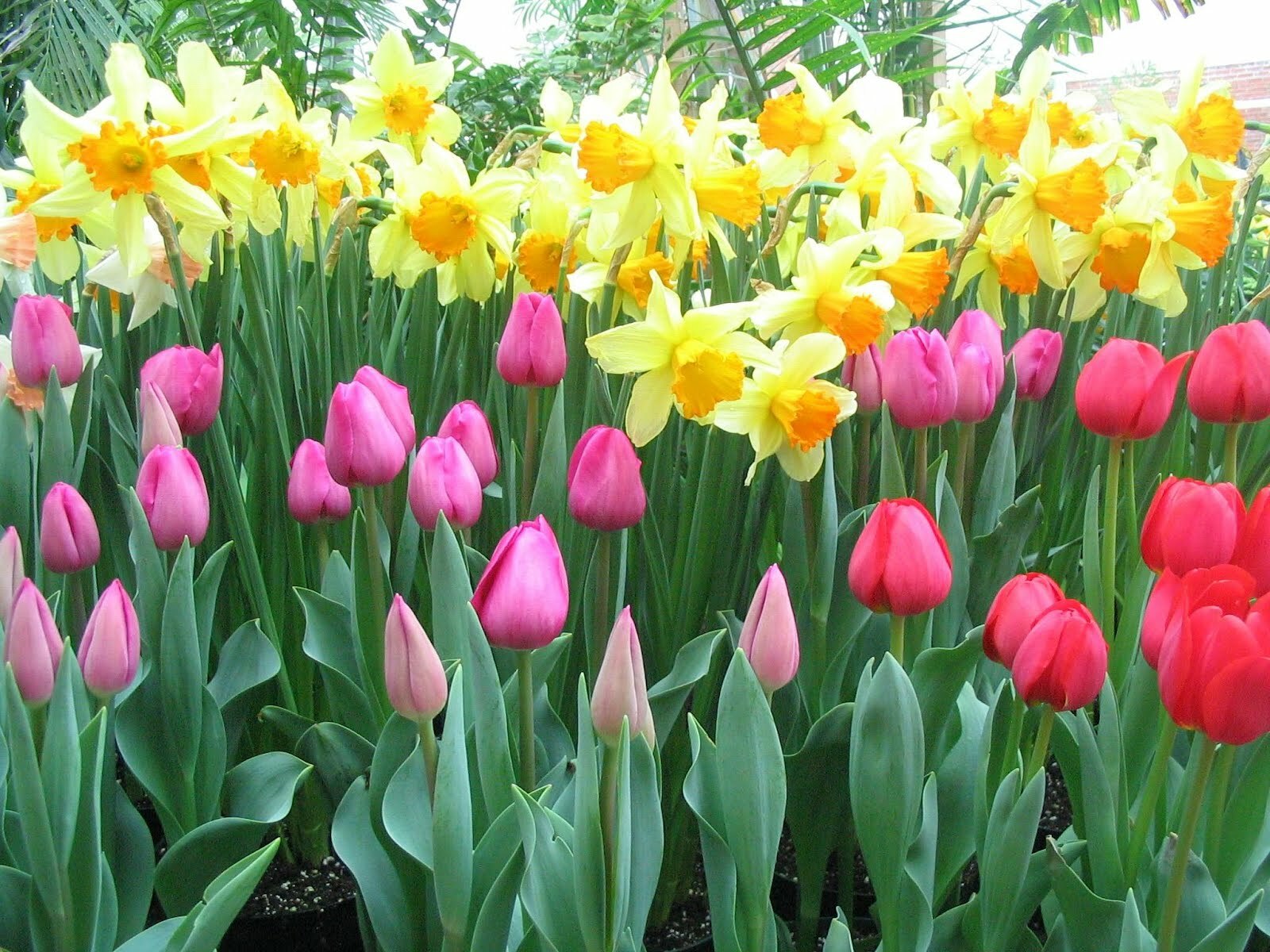 Spring Bulbs
Spring Bulbs
 Trillium
Trillium
 Ferns for Zone 3
Ferns for Zone 3
 Ferns for Zone 4
Ferns for Zone 4
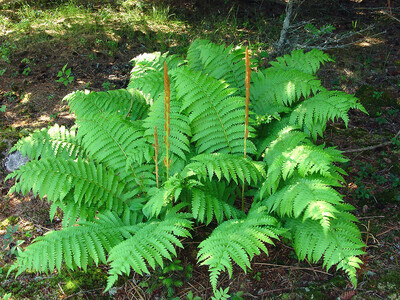 Ferns for Zone 5
Ferns for Zone 5
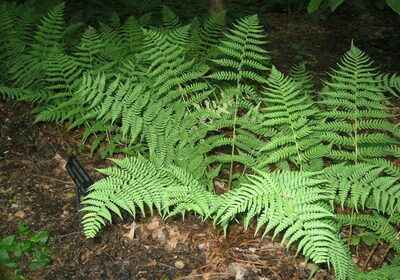 Ferns for Zone 6
Ferns for Zone 6
 Ferns for Zone 7
Ferns for Zone 7
 Ferns for Zone 8
Ferns for Zone 8
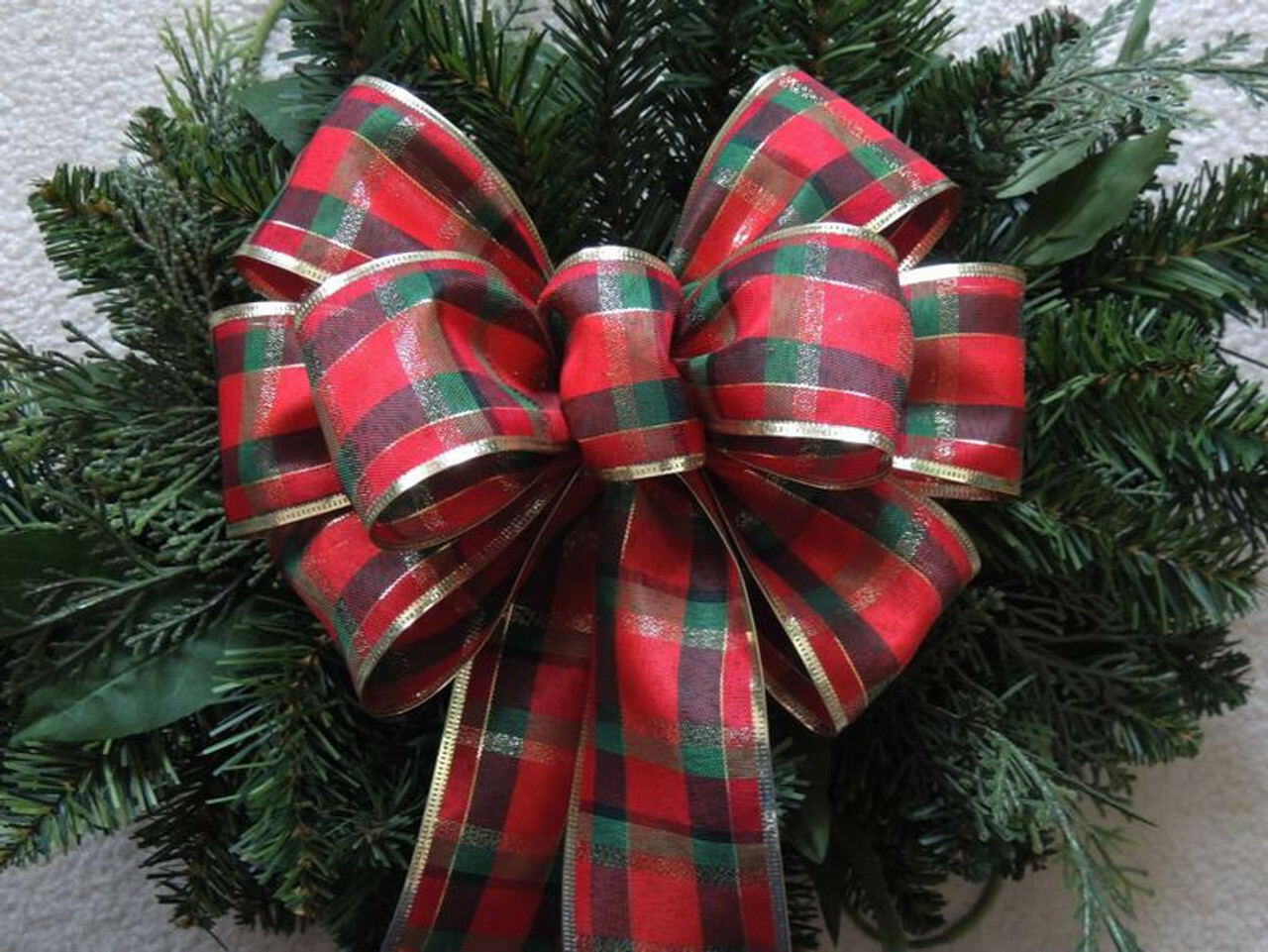 Christmas bows
Christmas bows
 Fresh Wreaths
Fresh Wreaths
 Garlands
Garlands
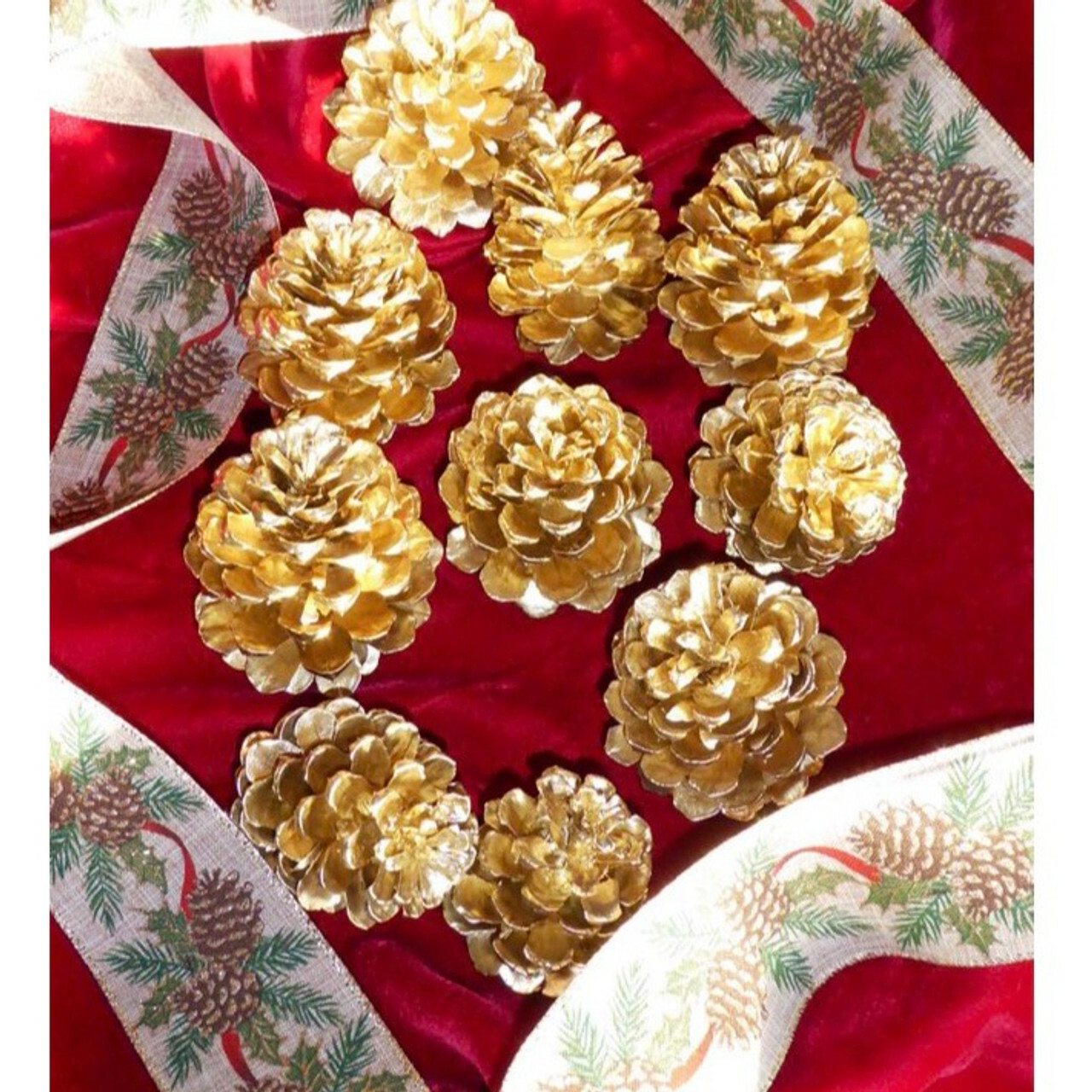 Large Pine Cones
Large Pine Cones
 Live Mistletoe
Live Mistletoe
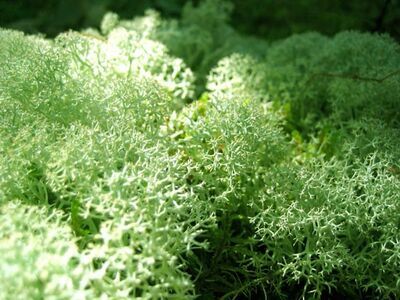 Moss
Moss
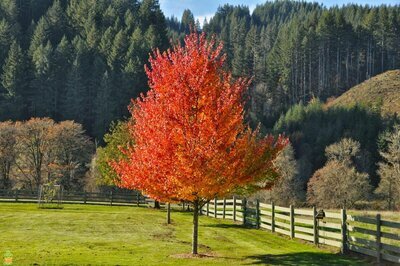 Shop Trees By Zone
Shop Trees By Zone
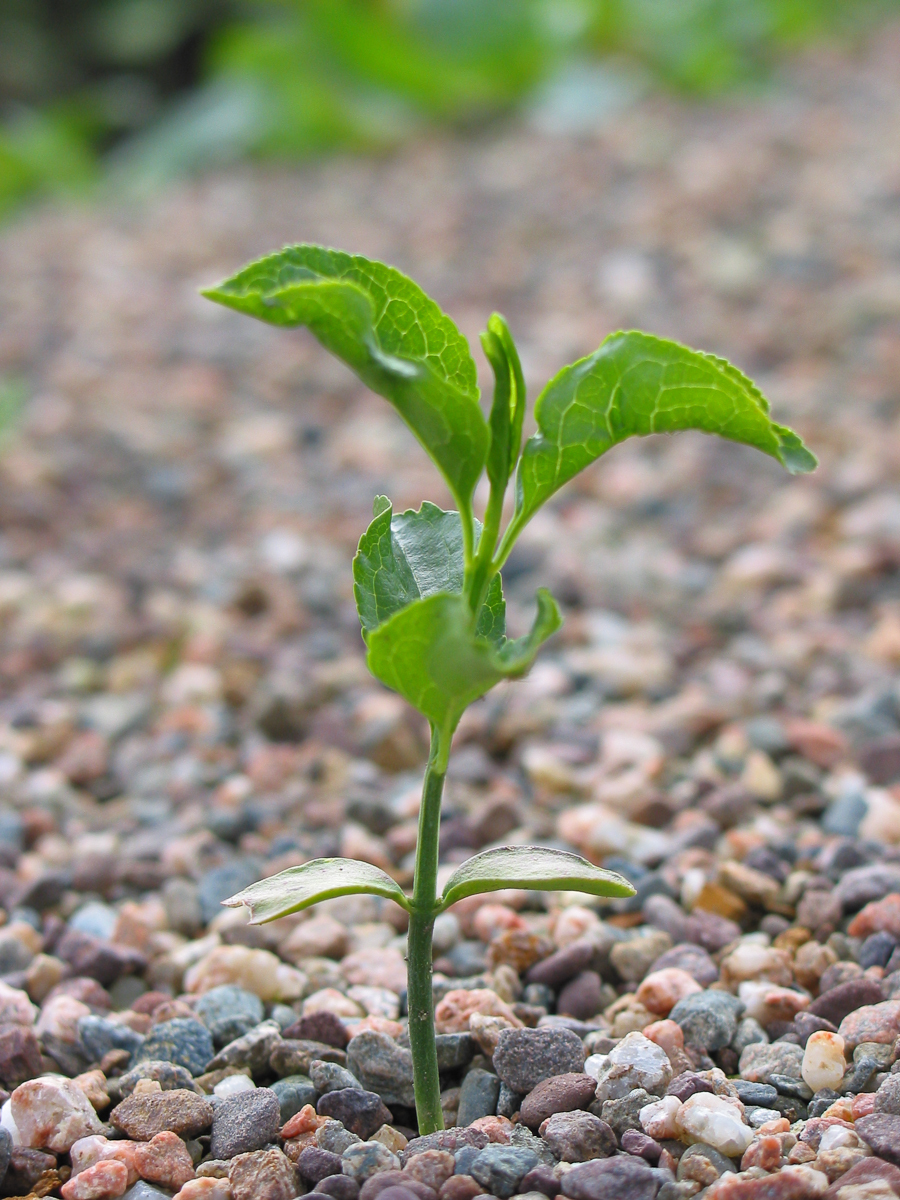 Tree Seedlings
Tree Seedlings
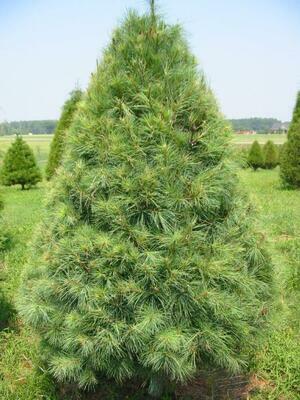 Fast Growing Trees
Fast Growing Trees
 Pine Trees
Pine Trees
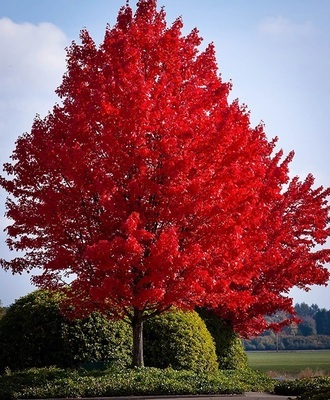 Live Stakes
Live Stakes
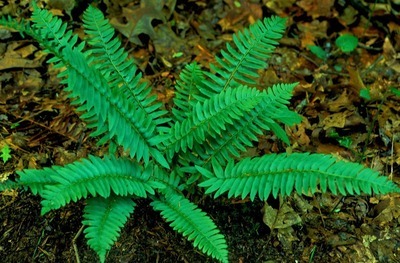 Evergreens
Evergreens
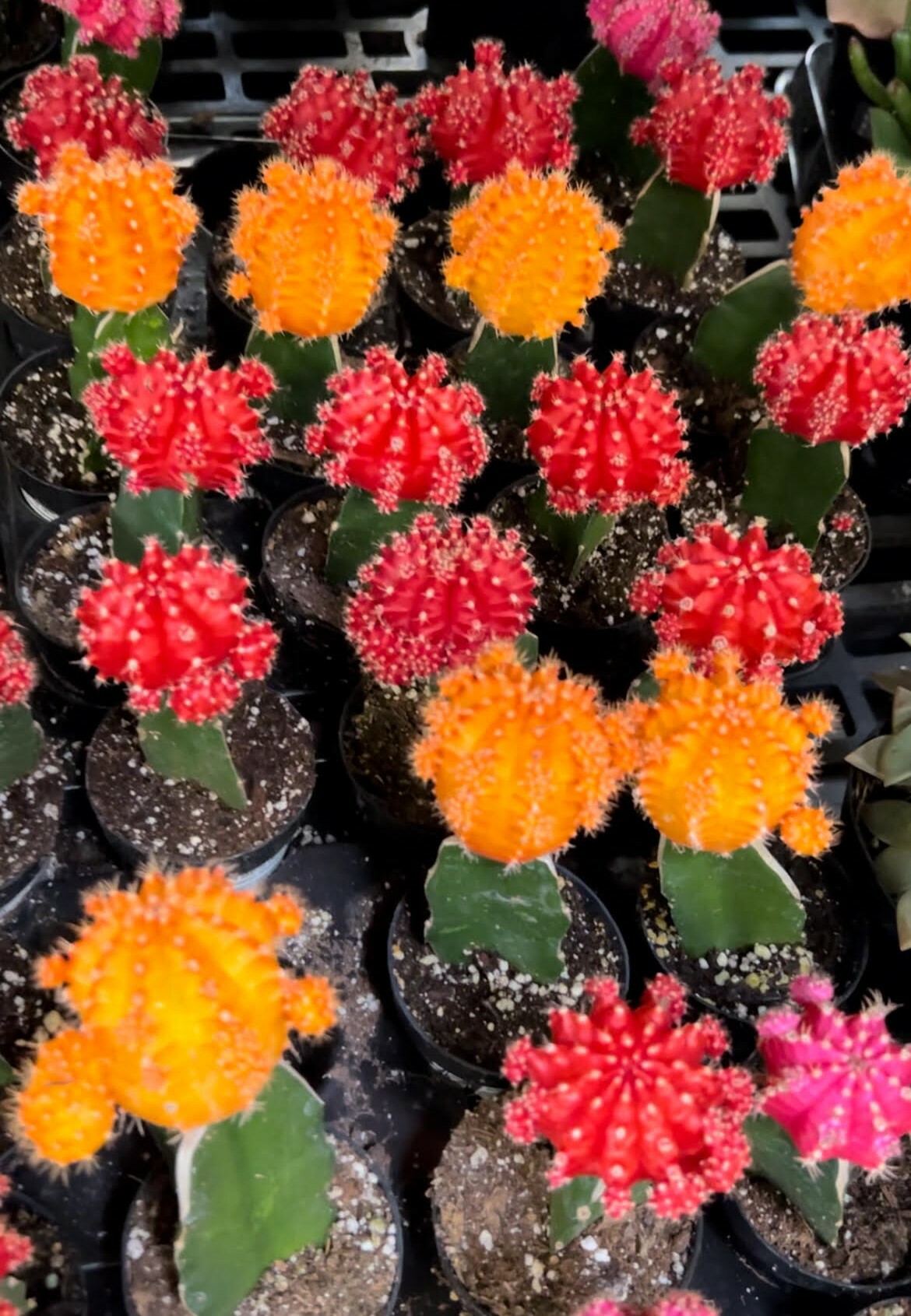 Cactus
Cactus
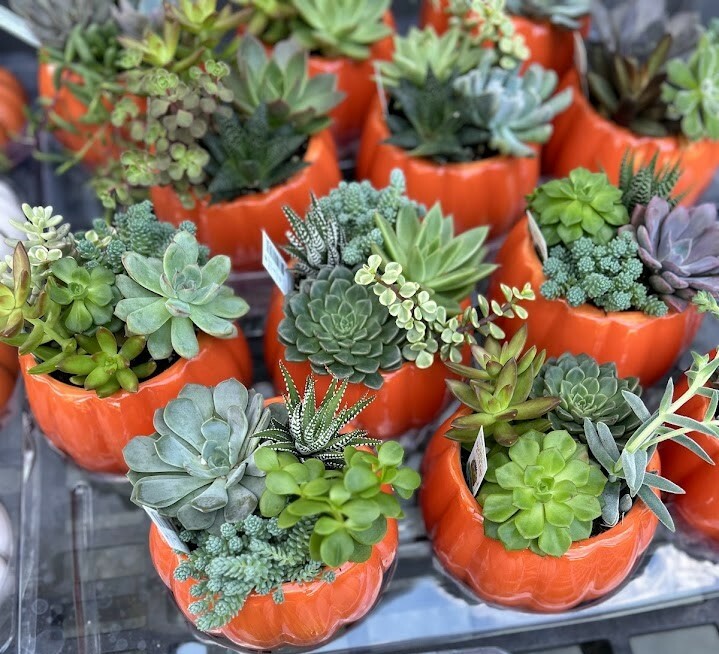 Combos
Combos
 Echeveria
Echeveria
 Haworthia
Haworthia
 Sedum - Stonecrop
Sedum - Stonecrop
